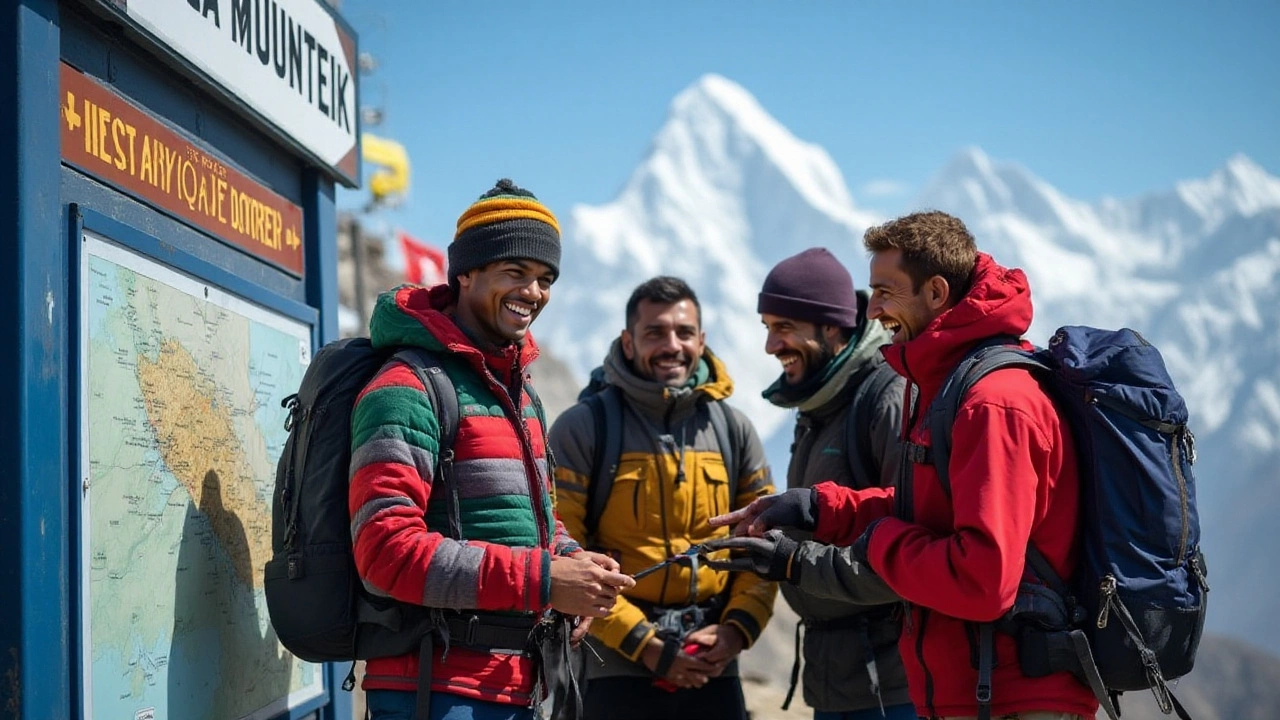SEARCH
Visa Requirements for India: What You Need to Know Before You Go
If you’re planning a trip to India, the first question on most people’s minds is whether they need a visa. The short answer: almost everyone does, except a handful of neighboring countries with special agreements. Below we break down the basics – who needs a visa, which type fits your travel style, how to apply, and tips to avoid common headaches.
Who Needs a Visa?
Citizens of the United States, United Kingdom, Canada, Australia, and most European nations must get a visa before entering India. A few countries – Bangladesh, Bhutan, Nepal, and the Maldives – enjoy visa‑free entry for short stays. If you’re from any other country, check the official Indian e‑visa portal; chances are you’ll need a visa.
Choosing the Right Visa Type
India offers several visa categories. The most popular are:
- Tourist e‑Visa: Valid for 30 days, 60 days, or one year, depending on your nationality. Ideal for sightseeing and short trips.
- Business Visa: Lets you attend meetings, conferences, or explore trade opportunities. Usually issued for six months to five years.
- Medical Visa: For patients and accompanying relatives seeking treatment in Indian hospitals.
- Student Visa: Required if you’re studying at an Indian university for more than six months.
Pick the visa that matches your purpose. Applying for a tourist visa when you plan to work can lead to denial or future bans.
How to Apply
Most travelers use the online e‑visa system. Here’s a quick step‑by‑step:
- Visit the official Indian government e‑visa website.
- Fill out the application form with your passport details, travel dates, and a recent photo.
- Pay the visa fee using a credit or debit card. Fees vary by nationality and duration.
- Submit the form and wait for the e‑visa approval email (usually 2‑4 business days).
- Print the e‑visa PDF and carry it with your passport when you fly.
If you need a regular stamped visa (for longer stays or special cases), you’ll have to submit your passport to the nearest Indian consulate or visa application center. The process can take 7‑15 days, so start early.
Key Documents You’ll Need
- Valid passport with at least six months left before expiration.
- Recent passport‑size photograph (white background).
- Proof of onward travel or a return ticket.
- If you’re applying for a business or student visa, a letter of invitation or admission is required.
Missing any of these can delay your application, so double‑check before you hit submit.
Common Mistakes & How to Avoid Them
First, don’t use a scanned copy of an old passport photo. The system rejects low‑resolution images. Second, ensure the name on your visa matches your passport exactly – even a stray space can cause trouble at immigration. Third, watch the visa’s validity period; an expired visa means you’ll be turned away at the airport.
Finally, remember that an e‑visa can only be used at specific entry points (major airports and a few land borders). If you’re planning to cross by road from Nepal or Bhutan, you’ll need a regular visa.
Quick Checklist Before You Book
- Check if your country is eligible for an e‑visa.
- Choose the correct visa type and duration.
- Gather passport, photo, and supporting documents.
- Apply at least two weeks before departure.
- Print the e‑visa and keep a digital copy handy.
Following these steps should get your visa approved without a hitch, letting you focus on the real adventure – exploring India’s colors, flavors, and history.
Got more questions? Feel free to drop a comment or reach out to the Indian consulate in your area. Safe travels!

Visa Requirements for Indian Trekkers to Mount Everest
Mount Everest, the highest peak on earth, attracts adventurous trekkers from all corners of the globe, including India. While Indians don't need a visa to enter Nepal, different permits are required to trek in the Everest region. The article will detail necessary permits and provide practical tips for Indian trekkers aiming to conquer Everest's trails. Understanding the regulations and preparation requirements are essential to ensure a smooth trekking experience.
Continue reading